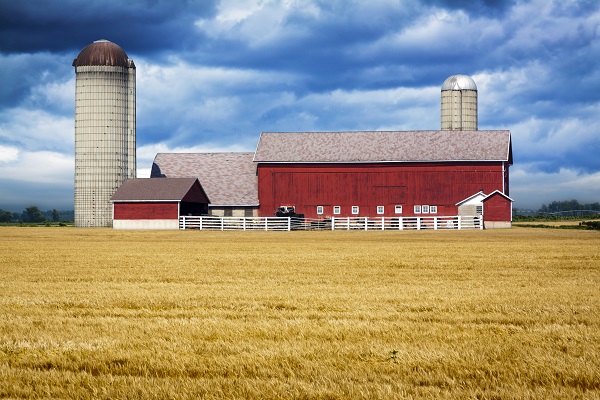A Closer Look at the Demographics of Off-Farm Income and Debt

A reader recently asked if it was possible to look more closely at the demographic data covered in our early post about off-farm income. This was a good question as the largest category, “commercial farms” were those with more than $350,000 in gross cash farm income[1]. This week’s post digs deeper into the USDA’s typography segments for a close look at demographics of farm household income and debt.
On-Farm vs. Off-Farm Income
Table 1 shows the farm household income data across the expanded segments. With this, the on-farm vs. off-farm income division is much easier to see. Consider the off-farm occupation and low-sales segments, which were previously in different categories (off-farm in the residence category and low-sales being intermediate). Both groups reported negative off-farm income in 2018. In fact, negative farm income is very common as the low-sales segment posted a positive value only once between 2011-2018 (never positive for the off-farm occupation segment). These two groups are heavily dependent on off-farm income to meet all their household obligations, including family living expenses and servicing farm debt.
Second, consider the moderate-sales and midsize farms. Both segments have a balance between on-farm and off-farm income. On average, off-farm income accounts for 40% to 60% of total household income.
Finally, the large and very large segments are considerably different. While average off-farm income doesn’t go to zero, they are the lowest across all segments. Additionally, on-farm income is much more significant for these segments. As a result, off-farm income accounts for a much smaller share of total household income (on-farm + off-farm). To be clear, we are not saying off-farm income is unimportant, but pointing out that on-farm income alone is likely not enough to satisfy all the family living and debt obligations.
Table 1. Source of Household Income and Farm Debt Levels for Typology segments, 2018. Data Source: USDA ERS.

Thinking about Debt Consolidation
Table 1 also highlights the debt consolidation situation and how a few segments account for significant debt. First, consider the column that reports average debt per farm by segment (in Table 1). Again, there are significant differences. The off-farm occupation and low-sales farms have an average debt level between $35,000 and $40,000. Also included is the median debt level, which points to many of these farms having very little, or zero, debt.
On the other end of the spectrum are the large and very large segments, which have an average farm debt of more than $1 million. While this might seem intuitive, the magnitude of financial stress varies across segments. If a very large farm faces financial stress – and perhaps bankruptcy – the volume at stake is considerably high. In fact, it could take about 100 “average” off-farm occupation or low-sales farms to reach the same level of debt held by an “average” very large farm.
While we frequently see headlines pointing to an uptick in farm bankruptcies or farm loan delinquencies, Table 1 highlights the importance of considering the volume or magnitude of financial stress. We’ve written about the volume of delinquent farm loans in the past, and will provide an updated look in a future post.
Wrapping it Up
While the broad conclusions are the same as the earlier post, these additional segments highlight the demographic contrasts even more. When thinking about farm loan performance, it’s important to recognize a majority of farms, on average, rely heavily on off-farm income to meet all their obligations. Overall, these segments are likely less susceptible to swings in the farm economy, but more vulnerable by macroeconomic headwinds and high unemployment.
On the other end of the spectrum, the large and very large categories are much more reliant on farm-level conditions to meet all their obligation. Furthermore, these farms are much more susceptible to downturns in the farm economy.
In 2020, it’s both ends of the spectrum that are concerning.
Click here to subscribe to AEI’s Weekly Insights email and receive our free, in-depth articles in your inbox every Monday morning.
Looking for more? AEI Premium provides even more insights and content. It is also where you can challenge your thinking with the Ag Forecast Network (AFN) tool. Start your risk-free trial here.
[1] Gross cash farm income = cash receipts + farm-related income + government payments.